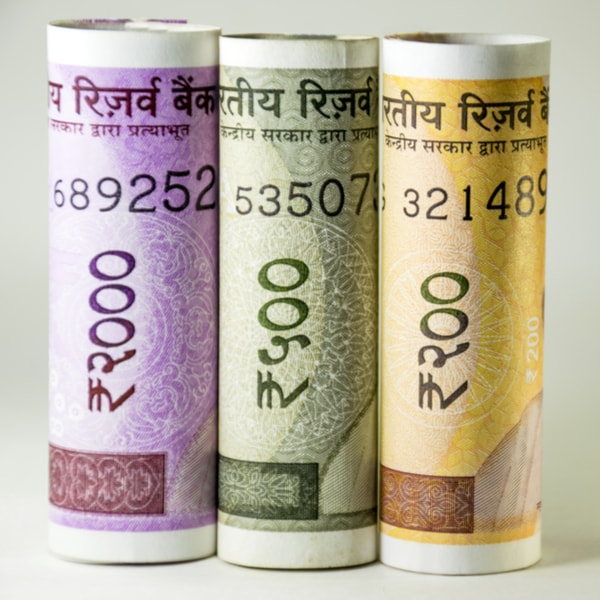One Year of GST – Hits and Misses
1st July 2017 was a historic day for the Indian economy as the Govt. implemented Goods & Service Tax (GST), widely promoted as ‘One Nation One Tax’. It subsumed several other taxes within itself like excise duty, VAT, service tax etc. Now, it has already been a year since the implementation of GST. The one year journey has been bumpy, as it was expected to be considering the long delay in the passage of the key legislative changes giving GST a statutory validity. One year of GST, let’s have a look at hits and misses:
Hits in one year of GST
1. Cooperative Federalism
The first and so far, the biggest positive has been the implementation of GST in a diverse country like India. It has been based upon the foundation of the federal structure through the participation of representatives of both, the Centre as well as the States. The key decisions are taken by the GST Council and as it turns out to be, the GST council has so far made the decisions post a proper discussion on the issue and after eliminating all the oppositions internally.
2. Encouraging GST Collection Figures
It was widely expected that the tax revenue figures will see a substantial increase in collection post-GST implementation due to broadening of the organised tax collection process. Post the initial hiccups, revenue collections (for March 2018) have crossed Rs. 1 lakh crore for the first time in April 2018. While the average tax collections still stay lower than Rs. 1 lakh crore, it is expected to cross that figure on a sustainable basis, sooner than later.
3. Efficient Transportation Cycle
Implementation of GST, being a single tax across the states, coupled along the E-Way Bill, has helped eliminate the need of state border checkposts and has made the transportation cycle more efficient, as the idle time at the border checkposts has now been reduced, even if not practically eliminated.
Misses in one year of GST
1. Complex Tax Rate Structure
Currently, there are 5 different tax slabs for different goods and services. Hence, it has been confusing for businesspersons and professionals to be sure of the correct tax rate to be levied. However, Govt. has been focusing on rationalising the tax rates. Even recently, the GST Council has reduced GST rates for many goods like refrigerators, washing machines, sanitary pads, footwear etc.
2. Technology Related Initial Tremors
GSTN (GST Network) was supposed to be the backbone of this crucial tax reform, as the compliance was all supposed to be made online. However, technology related issues have been the pain areas for the GST Taxpayers and Professionals alike. In fact, even in the very first month of return filing under the GST, GSTN portal collapsed due to a large amount of data and concurrent users. The GST Council also allowed an interim measure in form of GSTR-3B, a summary return, to enable the taxpayers to report their tax liabilities and avail tax credits. However, off late, the portal related issues seem to have been resolved and now GSTR3B and GSTR1 tax filing are also going on smoothly.
3. Input Tax Matching
GST was widely publicised as a tax system, which will help the honest taxpayers who file their GST returns regularly and discourage the traders working outside the GST registered network. This was supposed to be done through GSTR-2 form which would be filed by the taxpayers with the details of input tax credits being claimed. This would have made the input claims more authentic and also validated through the supplier’s GST returns. However, the filing of this form has been temporarily stopped. So, for the time being, the input tax claim is being given as per the claims made by the taxpayers in their GST returns.
4. Increased cost for small traders and professionals
GST has increased compliances for small traders and professionals especially in terms of hiring CAs or using software. It has brought a number of people who were not under the purview of Sales Tax or VAT under GST thus increasing both their time and cost effort.
In one of the recent events organized at the end of June 2018, Dr. Hasmukh Adhia, Finance Secretary to the Govt. of India shared an interesting data about the mismatch in input credits being claimed. He shared that while approx. Rs. 1 lakh is being collected as GST every month, the GST liability being settled in the returns is around Rs. 5 lakh. The difference obviously is being claimed as Input Tax Credit. Thus, there lies a huge scope in plugging the leakages and improving GST collections.
In spite of the initial hiccups, GST is a welcome tax regime, and it is expected that the experience will get smoother as the time progresses.


Good
Super